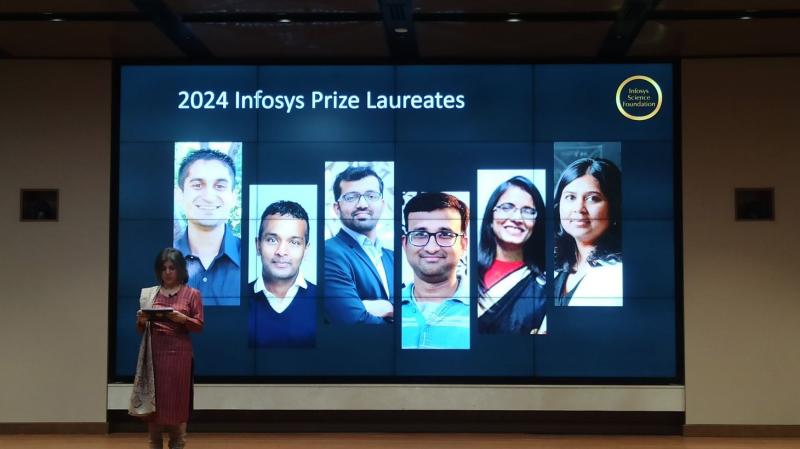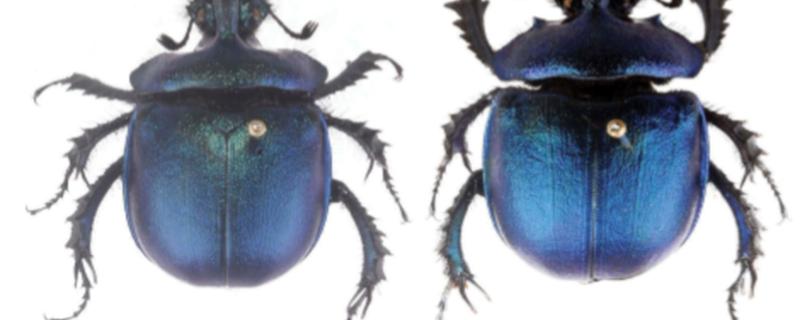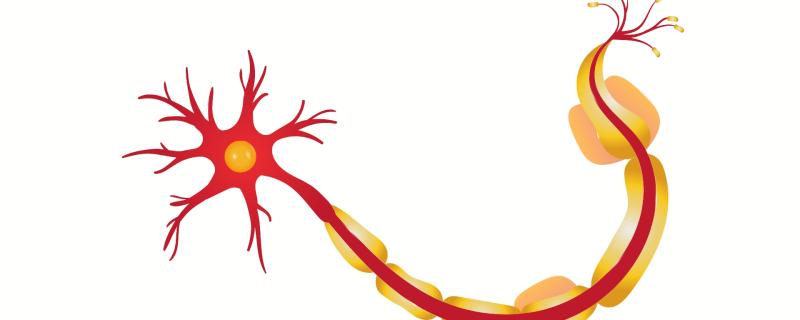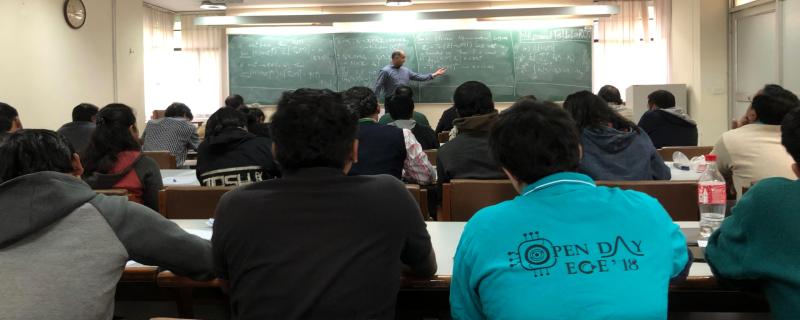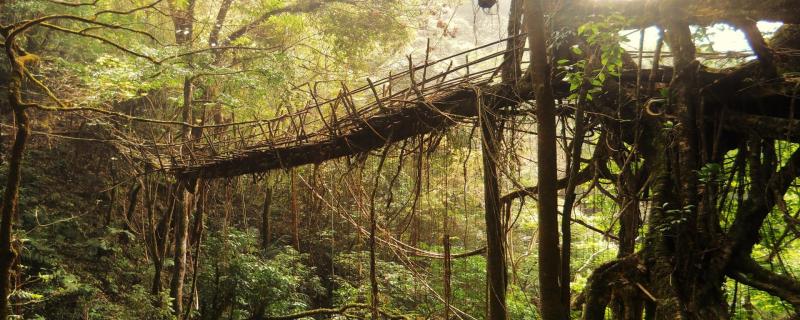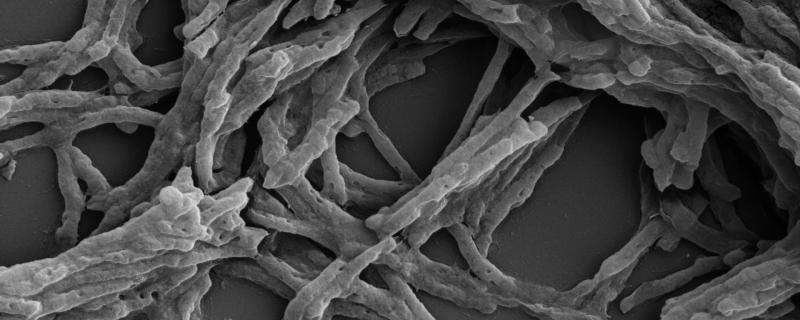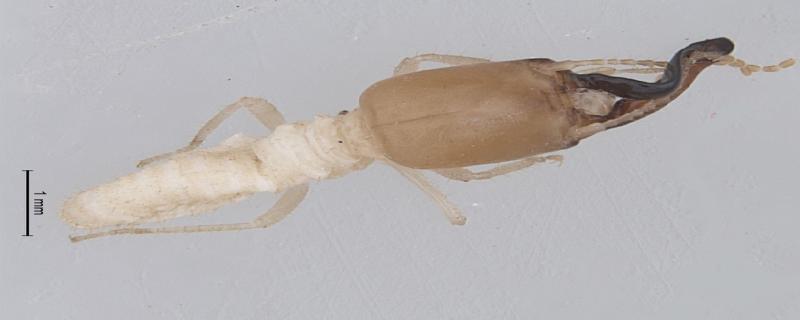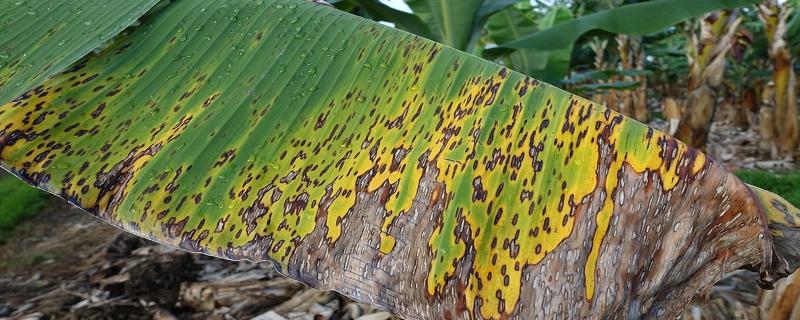In a recent study, scientists from the Zoological Survey of India, Kolkata, have found a new species of earth-boring dung beetle in the Tawang district of Arunachal Pradesh during one of their field expeditions. Named after the district it was discovered in, Enoplotrupes tawangensis belongs to the family Geotrupidae.
Six researchers under the age of 40 recognized for their seminal contributions across diverse fields.
Bengaluru/ Nov 14, 2024
